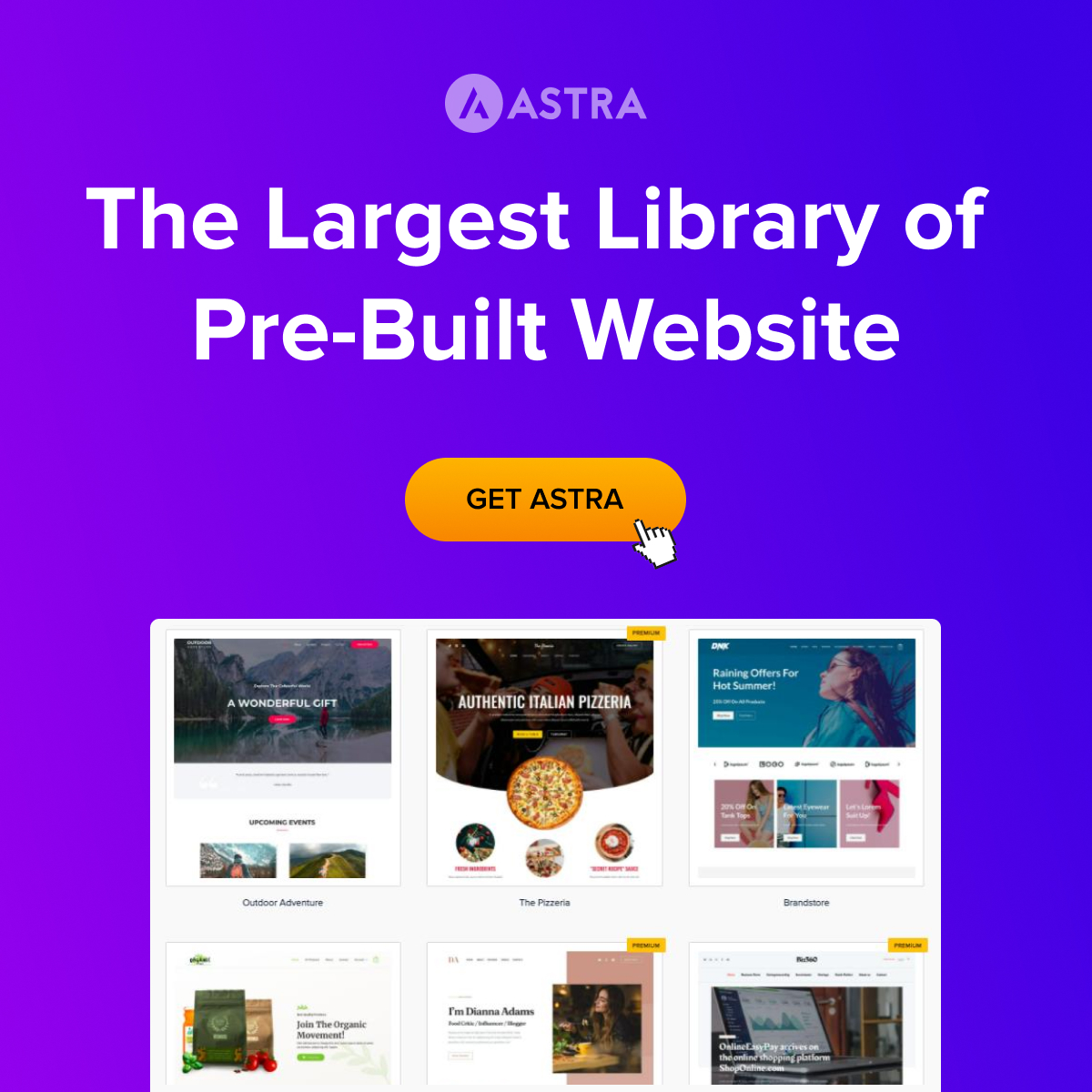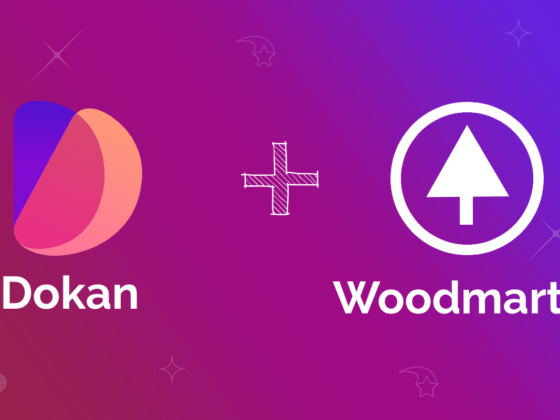In today’s digital world, the velocity and overall performance of a website deeply influence how visitors understand an enterprise. With over 50% of customers waiting for pages to load in 2 seconds or much less and forsaking a site after simply 3 seconds of being put off, having a quick, optimized website is vital for conversions and sales.
This article will explore the importance of website optimization for sales, tools to optimize efficiently, and critical areas to cognizance on boosting velocity and engagement. Let’s dive!
What is Website Optimization?
Website optimization refers to the technique of enhancing net pages to enhance the person’s enjoyment and convert more traffic into customers. The intention is to create a continuing, green journey that is speedy, engages customers, and ultimately persuades them to take preferred moves like signing up, purchasing products, or contacting the business enterprise.
According to recent information, a 1-2s put off in web page load time can result in a 7% loss in conversions, 11% fewer page views, and 16% lower in client pleasure. With page velocity playing this type of essential function, ongoing optimization is vital for achievement in ecommerce and lead technology.
Critical aspects of website optimization for sales include:
- Speeding up page load times by reducing file sizes for images, scripts, etc.
- Improving website infrastructure and server response times.
- Optimizing design and content for usability and conversion rates.
- Enhancing website security and reliability.
- Regularly testing and monitoring site performance.
Why is Website Optimization Important
In an analysis of over 1 billion website visits, 47% of consumers expected web pages to load in 2 seconds or less. For ecommerce sites, a 1-second delay could result in $380 million lost each year from abandonment. As attention spans drop and users grow more impatient, site speed and performance are making or breaking businesses.
Beyond losing sales from slow load times, unoptimized websites also suffer consequences like:
- Lower organic search rankings, as page speed becomes a factor in Google ranking algorithms. Pages that load faster rank higher.
- Loss in repeat visits and brand loyalty if users have consistent negative experiences.
- Higher bounce rates from crucial landing pages and vital calls-to-action hurt conversion rates.
- Missed revenue opportunities during critical promotions, product releases, or partnerships due to site crashes or delays.
- Damage to brand reputation and credibility if the site is consistently slow or error-prone.
The costs of an unoptimized site greatly outweigh the investment needed to improve site speed and performance. By addressing performance issues, businesses can expect:
- Increased organic traffic, conversions, and sales.
- Higher brand credibility and consumer confidence.
- More repeat visits and engagement over time.
In fact, Google found that fixing site speed issues led to an average increase of over 25% in organic traffic for users. With higher revenue and more brand exposure at stake, companies must pay attention to website optimization for sales.
Key Areas to Optimize for Sales and Lead Generation
While an entire website can be optimized, analysts recommend focusing on key pages first in order to maximize impact. Primary entry points, high-traffic pages, and key conversion pages typically provide the best return from speed improvements. Major areas that must be prioritized include: Choosing the Right eCommerce Platform:
- Homepage
As the front door to a website, an organization’s homepage plays a massive role in first impressions and bounce rates. By reducing homepage load time by just 5 seconds, sites can boost conversion rates by up to 38%. Front-end coding, image compression, caching, and minifying CSS/JavaScript should be applied here first.
- Blog
If a business actively publishes blog content, this section of the site likely receives meaningful traffic and leads. Optimizing page speed can allow blog content to load faster, keeping visitors engaged. Things like lazy image loading, simplified navigation menus, and distance between popular posts are all optimization tactics worth exploring.
- Product Pages
For ecommerce sites, product categories and individual product pages are vital for promotions and driving purchases. Decreasing load times by 4 seconds here can increase conversion rates by 25%, adding dollars directly to the bottom line: review page layouts, image sizes, embedded elements, and forms on each product page.
- Contact Page
If the goal is lead generation, a company’s Contact Us page can be invaluable in real estate. By making it easy for visitors to get in touch via inquiry forms, live chat integrations, and visible contact info and by speeding up load times, businesses can capture more leads. Minimizing HTTP requests, enabling compression, and simplifying code help.
- Checkout Process
During the final steps in the buyer’s journey, optimized checkout pages help prevent last-minute abandoning of full shopping carts. Testing payment forms, creating distraction-free layouts, and addressing site errors at checkout are imperative. This is the final opportunity to complete the sale.
Tools and Techniques for Comprehensive Optimization
To measure site speed and address performance issues, experts recommend running audits using website optimization tools and software. Here are some top options:
- Google PageSpeed Insights
Google’s free PageSpeed tool both evaluates site performance and provides actionable suggestions to fix identified issues. Factors examined include page load times, image compression needs, caching opportunities, and more.
- Pingdom Website Speed Test
Pingdom offers an easy web-based speed test that performs analysis from multiple global locations. Users get page load statistics, performance grades, and breakdowns of element types affecting speed, like images, CSS, etc.
- GTmetrix
GTmetrix generates reports and ratings on both page load times and page structure best practices. Reports include an overall site performance score plus network request maps to identify problem areas. Users can also run historical comparisons to monitor optimization progress.
Both online and downloadable tools like these analyze sites and reveal specific elements to address, such as images without compressed file sizes, missing alt text tags, oversized JavaScript files slowing rendering times, uncached elements demanding server requests each visit, etc. Advanced solutions can further identify infrastructure issues affecting site performance.
In addition to addressing issues uncovered in audits, a practical website optimization checklist covers the following:
- Regularly testing site speed and performance from different devices, browsers, and locations
- Identifying high-traffic and high-value pages to prioritize
- Compressing images and media for faster loading
- Minifying CSS, JavaScript, and HTML files by removing whitespace
- Implementing browser caching and compression
- Optimizing web hosting infrastructure and resources
- Simplifying page architecture and design
- Building lean, clean site code (HTML, JavaScript, etc.)
- Enabling lazy loading wherever beneficial
- Removing unnecessary redirects
Monitoring site analytics to uncover optimization opportunities
By methodically improving performance using tools, analytics, and an optimization roadmap, businesses can significantly enhance the user experience while speeding up sales cycles.
Beyond Speed: User Experience Enhancements
While a fast-loading website is essential, it’s merely the starting point for a satisfying user experience (UX). To truly engage visitors and encourage conversions, strategic design elements play a vital role. Here’s a deeper look at key factors:
1. Clear Navigation
Intuitive navigation is like a well-drawn map for your website. Users should be able to find what they need within a few clicks. Key practices include:
- Logical Menu Structure: Organize menu items into clear categories and subcategories.
- Descriptive Labels: Use labels that accurately reflect the content behind them. Avoid overly creative or vague terminology.
- Search Functionality: A search bar helps users quickly locate specific items.
2. Mobile Responsiveness
With a vast amount of web traffic coming from smartphones, your website must adapt flawlessly to smaller screens. This means:
- Fluid Layouts: Content should resize and rearrange dynamically to fit different screen sizes.
- Touch-Friendly Targets: Buttons and links must be large enough for easy tapping on touchscreens.
- Optimized Images: Ensure images load quickly and don’t cause excessive scrolling on mobile devices.
3. Calls to Action (CTAs)
CTAs are the guiding prompts that encourage users to take desired actions. Effective CTAs are:
- Visually Prominent: Use contrasting colors and noticeable placement to make them stand out.
- Action-Oriented: Use clear verbs (e.g., “Download Now,” “Sign Up,” “Learn More”).
- Contextual: The CTA should make sense based on the surrounding content and the user’s stage in their journey.
Why it Matters
Excellent UX goes beyond aesthetics. It fosters trust, makes it easy for visitors to find what they need, and increases the likelihood they’ll convert into customers. By focusing on navigation, responsiveness, and clear calls to action, you pave the way for a more successful and engaging website.
Conclusion
As interest spans drop and tech development, speedy page loading and seamless website performance are imperative to prevail online. Subpar speed without delay interprets to lost income and revenue for contemporary agencies. By the use of internet site optimization exceptional practices and tools to address recognized troubles, groups can supply higher studies that convert at better fees.
By prioritizing key landing pages, addressing website mistakes right away, regularly testing from a couple of locations, and tracking analytics, companies can tap into the full revenue capability of their internet site.
The prices and consequences of neglecting optimization imply falling behind competitors in natural rankings, lead era, and consumer retention over the years. With exceptional optimization practices, firms can speed up while selling more in the ultra-modern cut-off, date-driven global.
Author Bio:
Ankit Agarwal, CEO of Dean Infotech, a leading software development agency in the USA, is dedicated to delivering innovative tech solutions, including Salesforce API integration services. With a knack for storytelling and a deep passion for technology, Ankit believes in the transformative power of words to evoke emotion and drive change. When not writing, they actively participate in online tech communities, fostering connections and sharing expertise.














